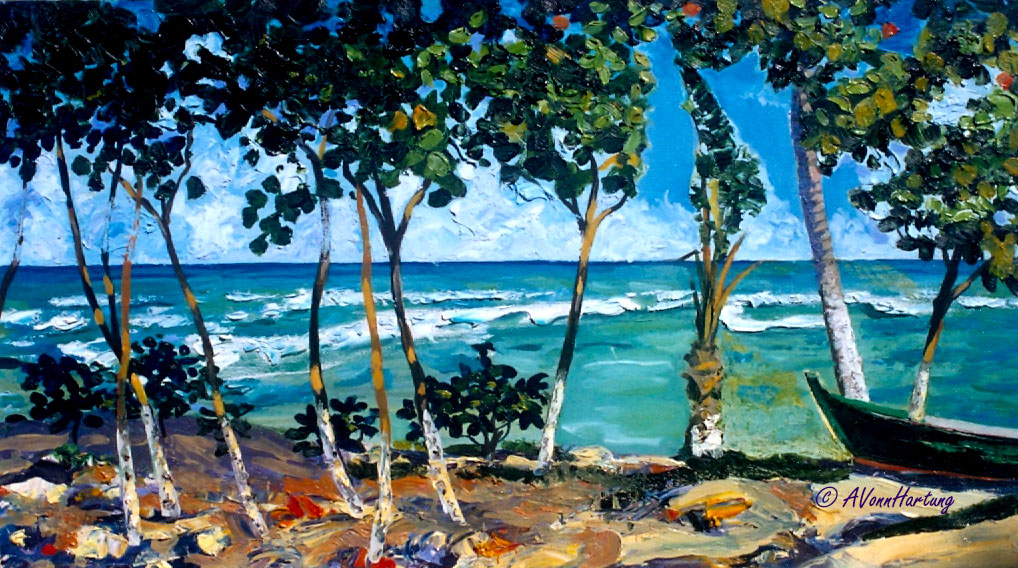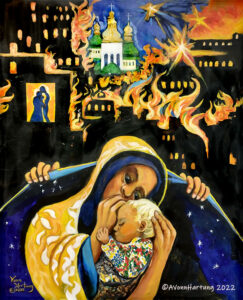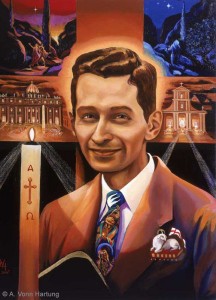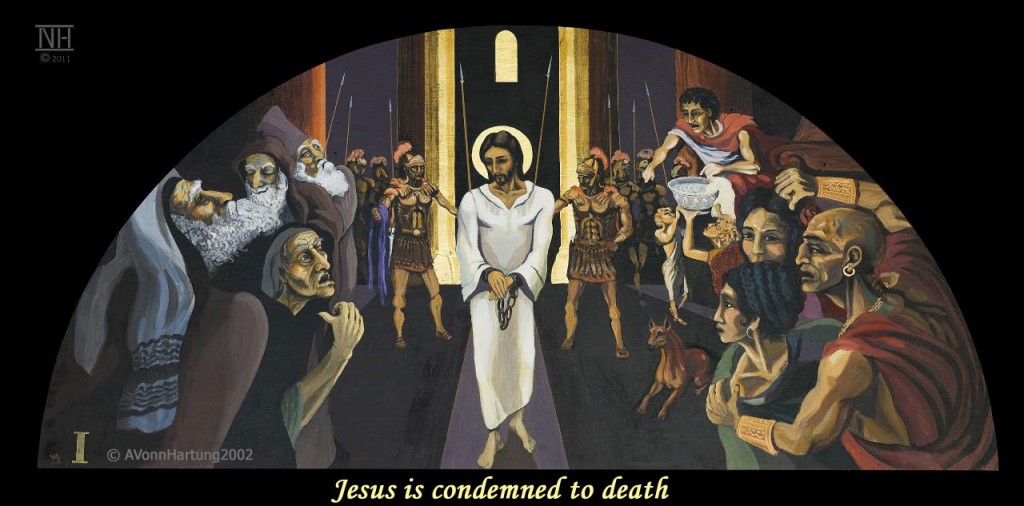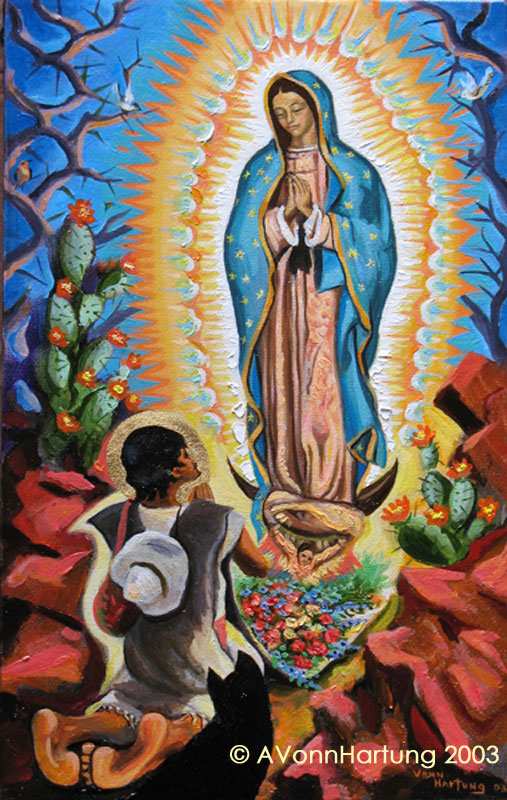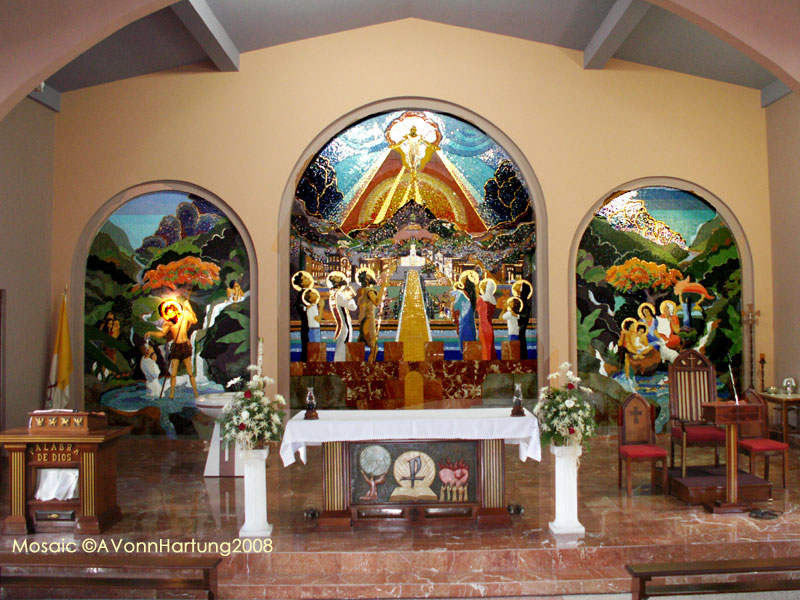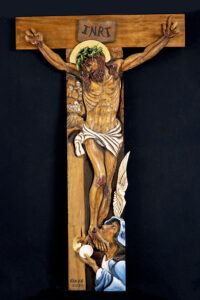
The Epiphany of the Miracle of the Eucharist
In this wood carving, “Epiphany of the Miracle of the Eucharist”, I express the Epiphany of the Miracle of the Body and Blood of Jesus Christ in the Holy Eucharist.
As is revealed to us concerning the Last Supper (Matthew 26:26-28)—
While they were eating, Jesus took bread, and when he had given thanks, he broke it and gave it to his disciples, saying, “Take and eat; this is my body.” Then he took a cup, and when he had given thanks, he gave it to them, saying, “Drink from it, all of you. This is my blood of the covenant, which is poured out for many for the forgiveness of sins.
I carved Mary, Mother of Jesus at the foot of the Cross in the moment of Epiphany of the Miracle of the Eucharist!
Mother Mary receiving the body and blood of Jesus her son into the form of the Holy Eucharist is, to me, the fulfillment of the Incarnation.
The original use of the word Epiphany is associated with the Divine Revelation in the visit of the Magi at the birth of our Lord, baby Jesus at Bethlehem. This signifies that God came to Earth in human form for “the Gentiles and their kings and to the people of Israel.” (Acts 9:15)
Photo by John Betancourt
Buy a giclee print of this wood carving
Epifanía del Milagro de la Eucaristía
En esta talla de madera, “Epifanía del Milagro de la Eucaristía,” expreso la Epifanía del Milagro del Cuerpo y Sangre de Jesucristo en la Santísima Eucaristía.
Como se nos revela respecto de la Última Cena (Mateo 26:26-28)—
Mientras comían, Jesús tomó pan y lo bendijo. Luego lo partió y se lo dio a sus discípulos, diciéndoles:—Tomen y coman; esto es mi cuerpo. Después tomó una copa, dio gracias y se la dio a ellos diciéndoles:—Beban de ella todos ustedes. Esto es mi sangre del pacto que es derramada por muchos para el perdón de pecados.
¡He tallado a María, Madre de Jesús al pie de la Cruz en el momento de la Epifanía del Milagro de la Eucaristía!
La Madre María recibiendo el cuerpo y la sangre de Jesús, su hijo, en la forma de la Sagrada Eucaristía es, para mí, el cumplimiento de la Encarnación.
El uso original de la palabra Epifanía está asociado con la Revelación Divina en la visita de los Reyes Magos en el nacimiento de nuestro Señor, el niño Jesús en Belén. Esto significa que Dios vino a la Tierra en forma humana para “los gentiles y sus reyes y para el pueblo de Israel”. (Hechos 9:15)
Foto: John Betancourt
